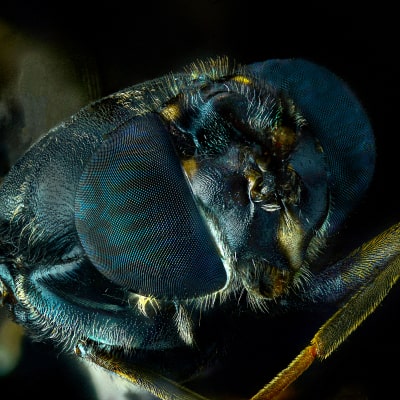ProNuvo | Enhancing Nature's Model
The Latin American leader in sustainable, insect-based ingredients that are revolutionizing animal nutrition.
Problem
There is a big problem today in the way food is being produced and disposed of. Traditional feed production is depleting natural resources at an alarming rate, while food waste has become a major contributor to greenhouse gas (GHG) emissions due to the challenges of recycling it.


Solution
Black Soldier Fly larvae have the biological proficiency to address both these issues. Considered as one of nature’s most effective decomposers, they are capable of converting organic material into high-quality feed ingredients.
Our products
Naturally farmed
in Costa Rica


Native to several Latin American countries, including Costa Rica, the Black Soldier Fly thrives in tropical climates.
By leveraging Costa Rica’s natural environment in our production, we can efficiently harness the larvae’s unique upcycling capabilities.